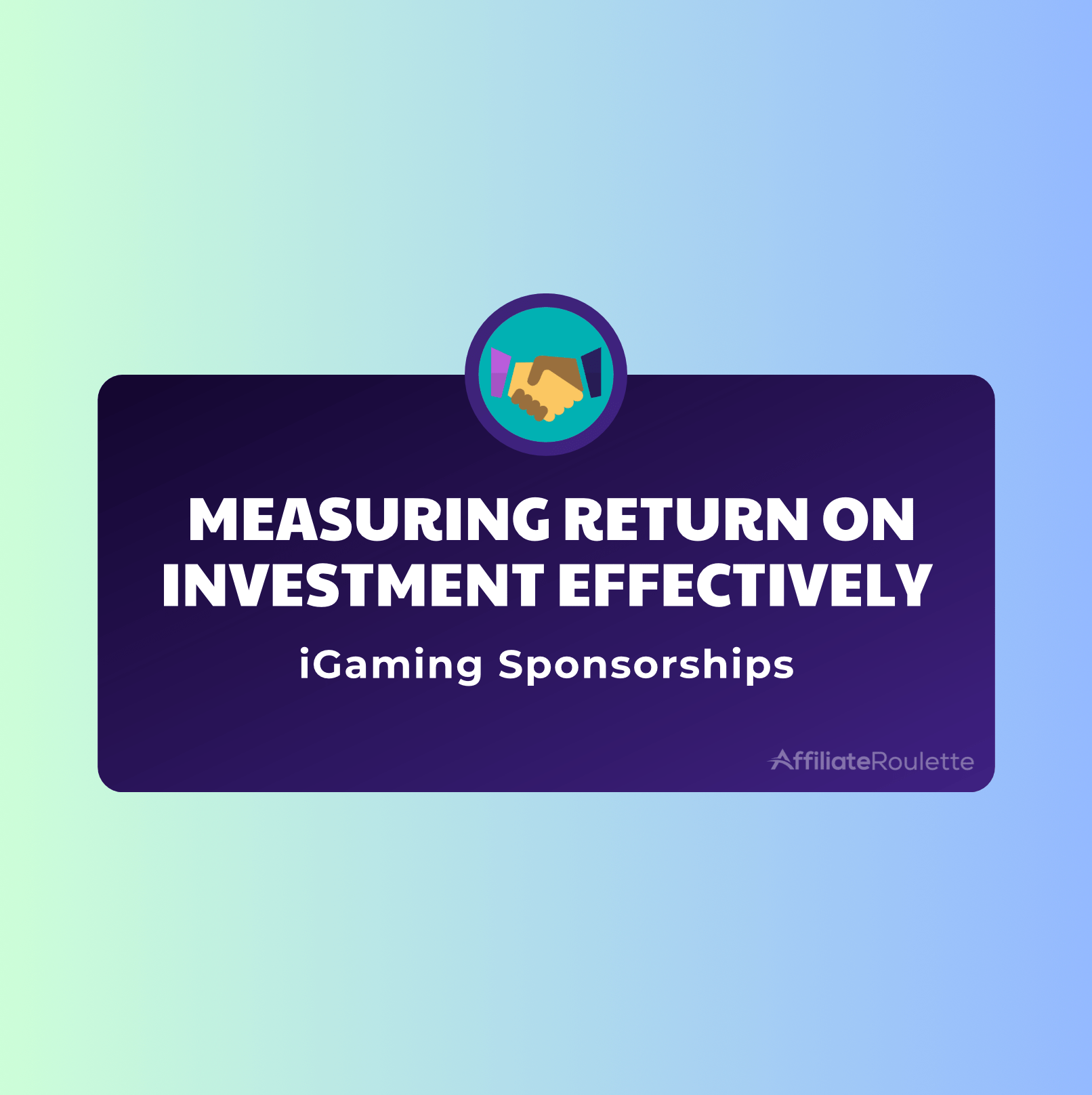iGaming Sponsorships: Measuring Return on Investment Effectively

iGaming Sponsorships: Evaluating the ROI
In the vibrant world of iGaming, brand visibility can be a game-changer. As the industry becomes increasingly competitive, companies are exploring novel ways to stand out. One strategy that has garnered significant attention is sponsorships. From partnering with sports teams to sponsoring major events, iGaming firms are making their mark. But, as with all investments, the pressing question remains: Is the return on investment (ROI) worth the spend? Let’s explore.
1. The Allure of Sponsorships in iGaming
Before diving into ROI, it’s crucial to understand why iGaming companies are gravitating towards sponsorships. Here are some primary motivations:
- Brand Visibility: Aligning with popular teams or events can place an iGaming brand in front of millions.
- Credibility Boost: A partnership with a reputable entity can elevate the brand’s trustworthiness.
- Audience Alignment: Many iGaming platforms focus on sports betting, making sports sponsorships an ideal fit.
- Diversified Marketing: It offers an alternative to traditional online advertising, reaching audiences that might otherwise be overlooked.
2. Metrics to Measure Sponsorship ROI
Evaluating the ROI of a sponsorship can be multifaceted, considering both tangible and intangible returns. Here are some key metrics to consider:
- Brand Awareness: How has the sponsorship affected brand recall and recognition? Surveys and polls can provide insights.
- Customer Acquisition: Track sign-ups or engagements that can be directly attributed to the sponsorship.
- Digital Engagement: Monitor spikes in website traffic, social media mentions, and other online engagements during and post-sponsorship periods.
- Customer Lifetime Value (CLV): Are the customers acquired through sponsorship proving more valuable in the long run?
- Sentiment Analysis: Beyond numbers, gauge the sentiment and perception of the brand post-sponsorship through tools or manual monitoring.
3. Challenges in Measuring ROI
While the metrics above offer insights, there are inherent challenges in measuring the ROI of sponsorships:
- Intangible Benefits: Elements like brand credibility or positive sentiment are difficult to quantify.
- Overlapping Marketing Efforts: If multiple campaigns run simultaneously, attributing success to just the sponsorship can be tricky.
- Time Lag: The full impact of a sponsorship might manifest over time, requiring long-term tracking.
4. Maximizing ROI from Sponsorships
- Leverage the Partnership: Merely sponsoring isn’t enough. Brands should leverage the partnership through co-branded campaigns, exclusive offers, and collaborative engagements.
- Choose Wisely: All sponsorships aren’t equal. It’s crucial to partner with entities that align with the brand’s ethos and target audience.
- Engage Beyond the Logo: Instead of just plastering the logo everywhere, focus on creating meaningful engagements that resonate with the audience.
5. Case Studies: Sponsorships Done Right
To truly understand the potential ROI of sponsorships, one can look at successful case studies in the industry. For instance, when a renowned iGaming brand partnered with a top-tier football club, not only did they see a spike in registrations, but their brand sentiment also saw a positive uptick. This integrated approach, where they combined offline sponsorships with online campaigns, made all the difference.
Conclusion
iGaming sponsorships, when strategized effectively, can offer a substantial ROI. However, it’s essential to approach them with clear objectives and an understanding of the metrics involved. Like any investment, due diligence, constant monitoring, and a dash of creativity can ensure that brands get the most bang for their buck. In the end, sponsorships in the iGaming realm are not just about visibility but creating a lasting impression that resonates with audiences and yields tangible results.



